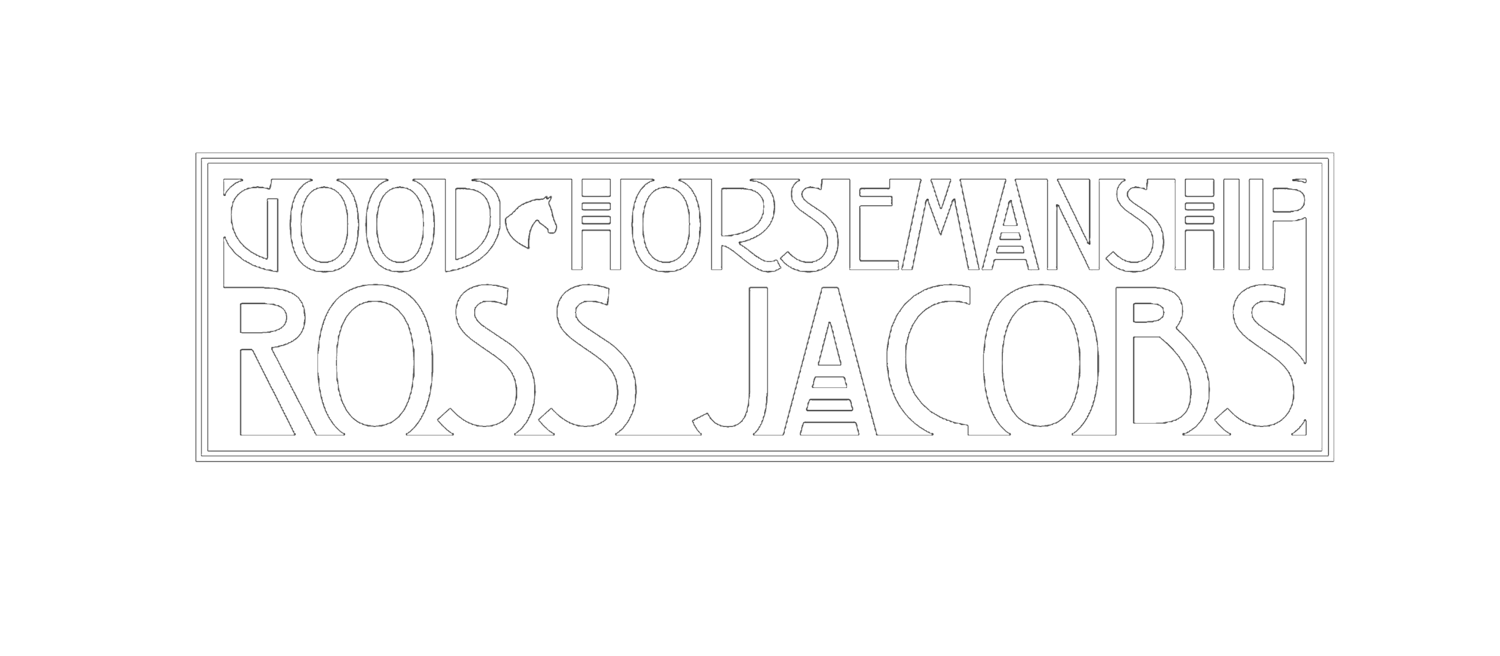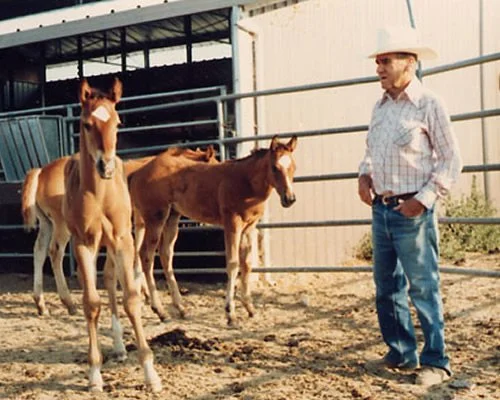A student from last weeks clinic in Minnesota, USA sent me a link to this interview with Tom Dorrance originally printed in 1997.
https://horseandrider.com/horse.../horses-advocate-26865/
It think it is a good article. But something that really caught my attention was the author’s (Jennifer Forsberg Meyer) brilliant observation about Tom’s ability to understand what he saw when he looked at a horse.
To quote, “His powers of observation, too, are phenomenal. To appreciate the difference between what he sees in a horse and what the average person sees, think of those 3-D pictures, the kind you stare at for a bit before the perspective deepens, and you see the hidden image “inside.”
Many horse people observe horses in 2 dimensions (2-D). They see the shape of a horse, they discern the movement of a horse, and they notice these things change. They assign a meaning to those things based on what the outside of a horse is doing.
Commonly 2-D observers often label a behaviour as having a defined meaning. For example, a horse licking and chewing is assigned a meaning by many trainers and behaviourists. Similarly, ethograms depicting variations in a horse’s facial expressions are an example of 2-D thinking.
On the other hand, the best horse people (like Tom Dorrance) see a horse in 3-D. By this, I mean they observe not only the body and movement but also the thoughts and emotions of a horse. It’s like they see the world in colour while the rest of us see it in black and white.
A horse person with the ability to look at a horse in 3-D can distinguish between a horse that licks and chews stemming from relaxation and one licking and chewing triggered by anxiety. They can see the emotions in a horse that yawns from inner trouble and one that yawns because it is letting go of trouble. They can see the difference in blinking coming from being in the middle of a decision and blinking rooted in emotions shutting down.
A person who looks at a horse in 3-D does not attach a method to a problem. A trainer with 3-D powers rarely treats 2 horses with the same problem in the same way. Each horse is treated as an individual even though they appear to be experiencing the same issues as another horse.
In contrast, most trainers, behaviourists, instructors, and riders that are stuck in a 2-D world of observing horses rely on specific methods to address specific problems with a horse. It’s hard not to if we struggle to see and understand what’s inside a horse rather than just the outside.
I believe perhaps the most important task I have in my role as a teacher of horsemanship is to help guide people to evolve out of their 2-D understanding of behaviour and transition into a 3-D world of understanding. It’s never easy and it never has ends. It requires patient commitment. But it is always worth it because without it we never get to appreciate the full potential of our horse or our relationship with it.
Tom Dorrance

